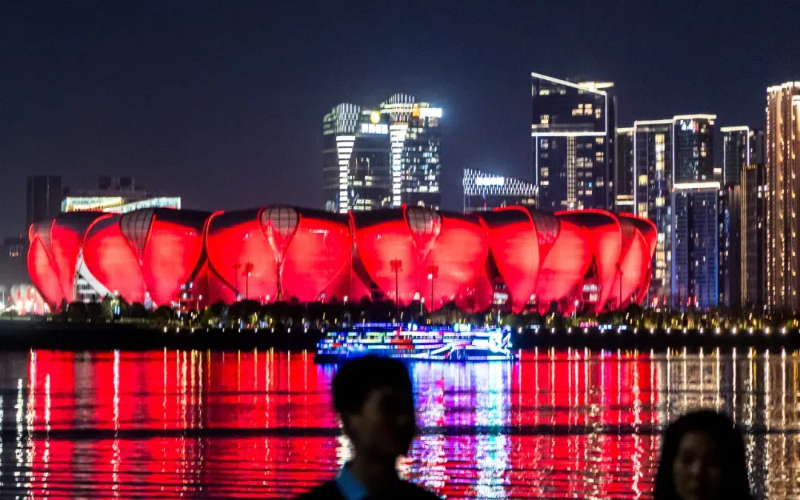New blueprint details greater integration of Yangtze River Delta cities
Removing the barriers
The closer integration of the area, which includes joint spatial planning, cross-regional transportation and administrative approval and the sharing of public services, are among the other key points mentioned in the plan.
A unified spatial planning of the zone, which is being jointly carried out by experts from Shanghai, Zhejiang and Jiangsu provinces, will focus on water system, ecology and environment, infrastructure and transportation, cultural and tourist sites, and industrial development.
Many dead-end roads at the border of the two provinces will also become connected.
"It used to take 1.5 hours to travel from Jiashan to Qingpu, but now it only takes 50 minutes," said Xu. "It will be more convenient for people to travel in this area after we open up more dead ends."
Shanghai metro line 17 will be extended westward to connect with Suzhou metro line 10, according to Li. Two high-speed railways, the Shanghai-Suzhou-Huzhou line which runs from east to west, and the Nantong-Suzhou-Jiaxing-Ningbo line which runs from north to south, will be constructed.
Administrative barriers will also be brought down. Unified systems for business registration, expertise certificate approval, credit system and tax management will be created so as to improve the flow of talents and businesses to the zone.
"We are explorers trying to design an integrated mechanism across administrative divisions," said Ma.
"If it works, our experience could be used as a model for the whole delta."





 play
play